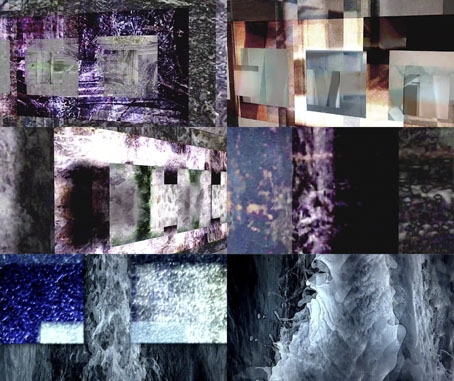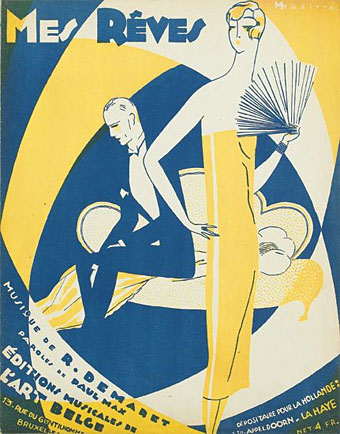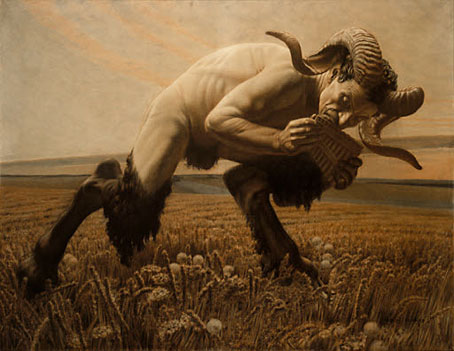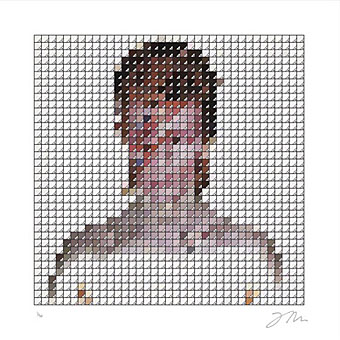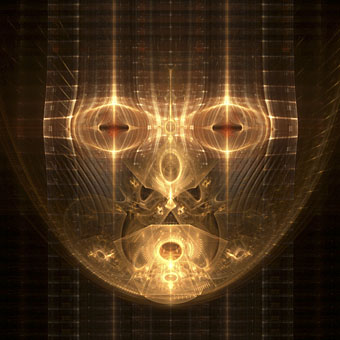Heliograms (1982), an album of early digital music by Canadian composer Jean Piché has managed to stay resolutely off my electronic music radar until now following news of a reissue from Digitalis Recordings:
Jean Piché recorded “Heliograms” between the years 1977-1980 during his time at Simon Fraser University in Vancouver, BC. The music on the LP consists of works for computer, digital synthesis and acoustic instruments, and most of it was composed using the POD Interactive Compositional System that Barry Truax had developed at SFU. The four compositions that make up “Heliograms” are often dense, harmonically rich pieces that slowly evolve through time. There is a strong use of tonality throughout which characterizes Piché’s work during this period. It echoes a fascination with the music of Terry Riley, Steve Reich, and Lou Harrison, placing it firmly in a minimalist approach to electronic music, alongside the contemporary work of American composer Laurie Spiegel, then working at Bell Labs.
The screen grabs above are from Piché’s 18-minute sample video which gives an impressive taste of two of the tracks. There’s more of Piché’s “videomusic” at his Vimeo channel, ranging from an early Fairlight and video synthesizer piece to more recent work. Via FACT.
Previously on { feuilleton }
• Creel Pone
• Versum – Fluor by Tarik Barri

